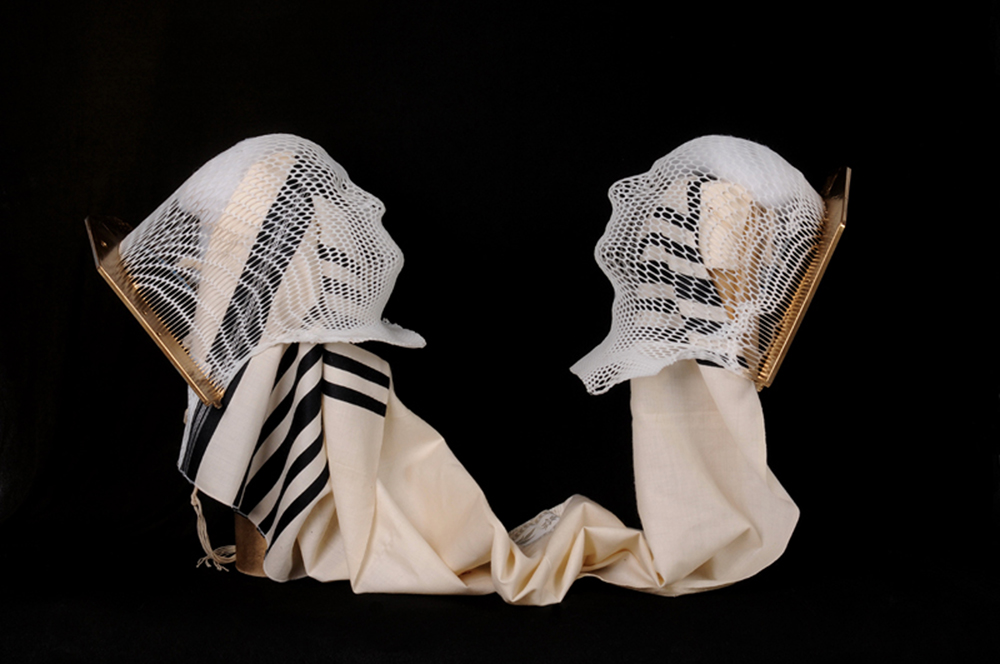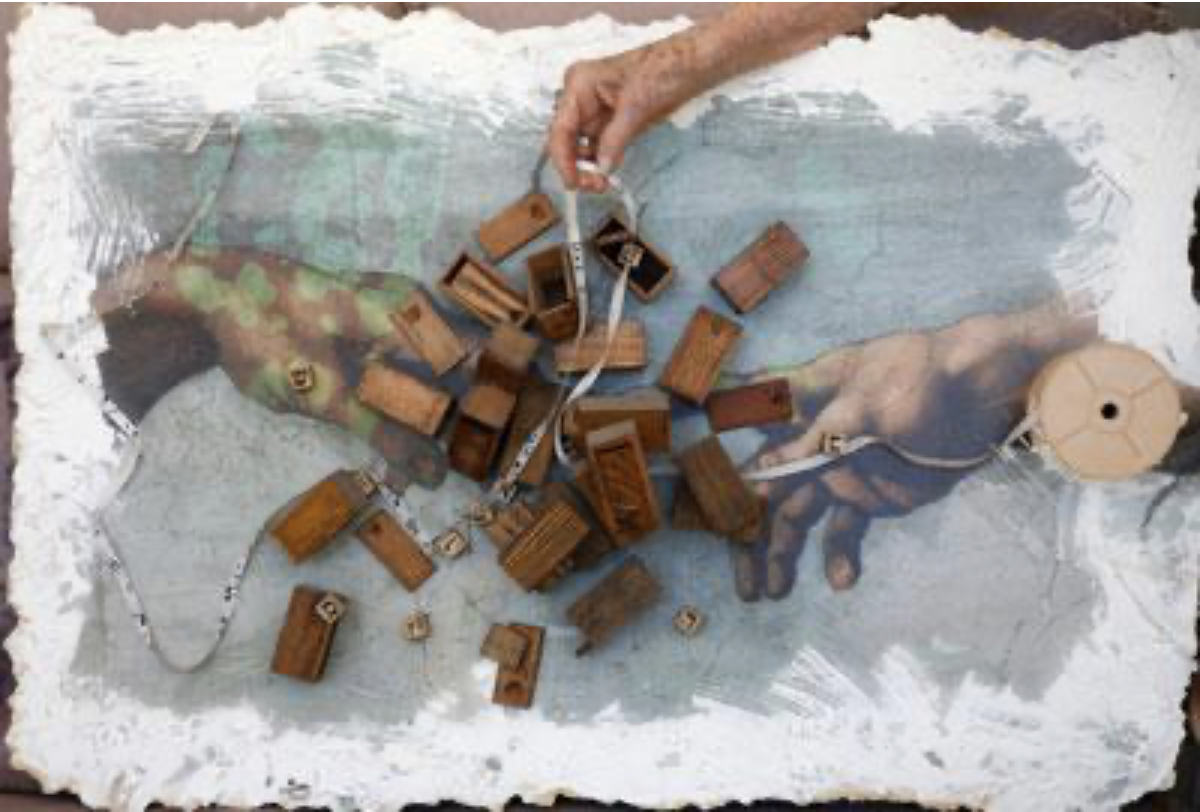Torah Study Date
Saturday, July 13, 2024
Verses Covered
Exodus (Sh’mot) 24:13-25:9
Next Session
Saturday, July 20, 2023
Starting at Exodus 25:9
Last week, Rabbi Ben led us in discussing Moses going up the mountain with Joshua. We noted that Joshua was not mentioned in the previous account of Moses going up in which it was Aaron and his two sons, Nadav and Abihu, who accompanied Moses. R. Ben recalled that Joshua had been one of the two who held up Moses’ hands during the battle with the Amalekites (the other being Hur) at Exodus 17:12. We discussed redaction (the putting together of different textual accounts to make one text). Dani G. discussed ethnographers he met when he lived on a Hopi reservation as a child who put together different versions of Hopi stories they learned.
Ben stated that it could be that everyone knew who Joshua was so that redescribing here would not be necessary. The rabbis, we learned, have it that Joshua gets killed for reproving the Israelites. R. Myra mentioned that this text makes Joshua a good guy. She mentioned the idea that the text includes both a Moses tradition and an Aaron tradition with the Moses tradition winning out (as a result of which, Hur drops out). We discussed God telling the elders to stay where they were and that Aaron and Hur would deal with any issues that came up for consideration.
We discussed YHVH’s glory (kavod) abiding on the mountain and a cloud on the mountain hiding it for six days while on the seventh day YHVH spoke to Moses out of the cloud. We wondered what exactly the cloud hid—was it the mountain, YHVH’s glory or Moses—though Dani G. suggested it was the mountain since “glory” was the antecedent closest to the pronoun. We noted that the six days/seventh day motif parallels the creation story and gives the story of receiving Torah from YHVH weight like that of the original creation. Dani G. asked what Moses was doing during the six days. Abarbanel says he was purifying himself. R. Nathan says he was purifying himself of his food.
We noted YHVH’s glory appearing to the Israelites as a consuming fire. Edna mentioned that Fox noted the contrast between the burning bush that was not consumed and this (appearance of) fire that was a consuming one. R. Myra suggested that God appeared to Moses in the burning bush that is not consumed so that he could take in or accept God at that point in his development. I suggested another approach which was not about how God presented God’s self but about how people perceived God with Moses able to see God with awe not fear while the people at the mountain could only feel fear. R. Myra discussed God having both qualities and noted that opposites are accepted in Torah sometimes (near and far, fearful and awesome, etc.).
We discussed fire. Ina said that our first perception of fire is fear but then it is awe. Ben Sarna says fire is formless and mesmerizing. Thomas suggested that fire could imply that if we don’t respect God, there are consequences. We discussed Moses going into the cloud and being on the mountain for forty days and forty nights. We noted the parallel with the forty days of the flood. The comparison again suggests that what we are reading about is an important beginning point in Torah, like that of the creation story (mentioned above) and that of the new beginning after the flood.
Moving into Terumah (and chapter 25), we noted YHVH telling Moses to tell the people to bring YHVH gifts and that Moses should accept gifts from anyone whose heart was so moved. I brought in the idea that God doesn’t need gifts which would imply that bringing nice things out of which to create a sanctuary was not really for God but for us, making it easier for us to turn to God. Alter says the tabernacle makes God’s presence secure, that is, accessible rather than fearful (back to the topic of fear). We discussed the fact that the sanctuary would be mobile rather than fixed so that God’s presence would be with the people wherever they were in contrast to the surrounding people’s practice of each region having its own God (which we have discussed before).
We looked at the various materials to be used for the sanctuary and then read YHVH saying, let them build me a sanctuary so that I may dwell among them. I mentioned Malbim and others pointing out that it says YHVH would dwell among them not in the sanctuary, this emphasizing yet again that their God’s presence would be mobile and always with them.
Overall, we had quite a detailed and varied discussion, as you can see.
Our artwork this week is two assemblages by Berkeley Jewish artist, Jo Milgrom(1928- ). Cherubim Looking Up (above) and God Enlivens Adam with His Breath (below). Milgrom’s assemblages combine trash with old ritual objects from synagogues and funeral homes thus mixing the mundane with the sacred. Her cherubim are made out of old tallit and some mesh. Her portrayal of God blowing life into Adam suggests creation out of the letters of speech with each box representing a consonant and the tape running through them the vowels, which are like breath and give space for the consonants to be. In her later years, Milgrom has been living in Jerusalem.


